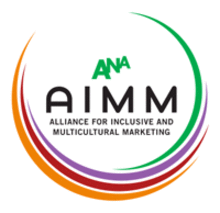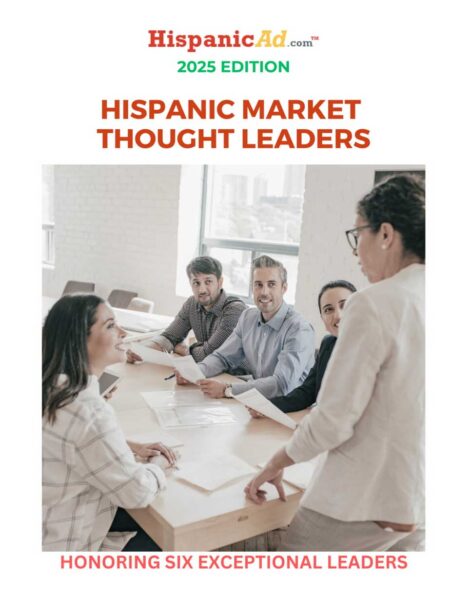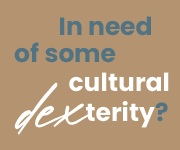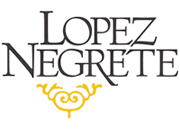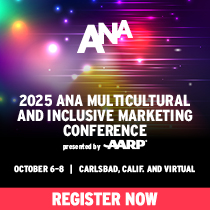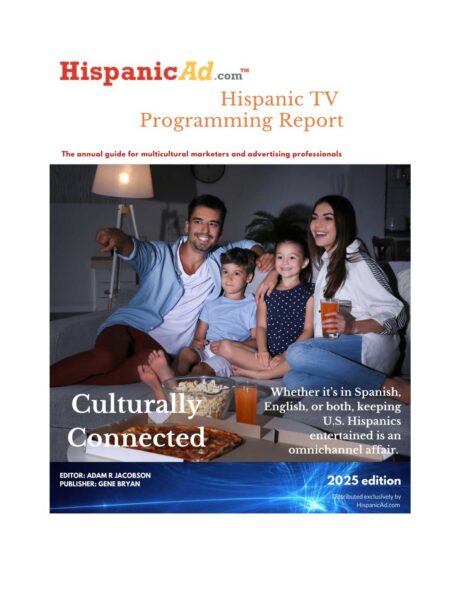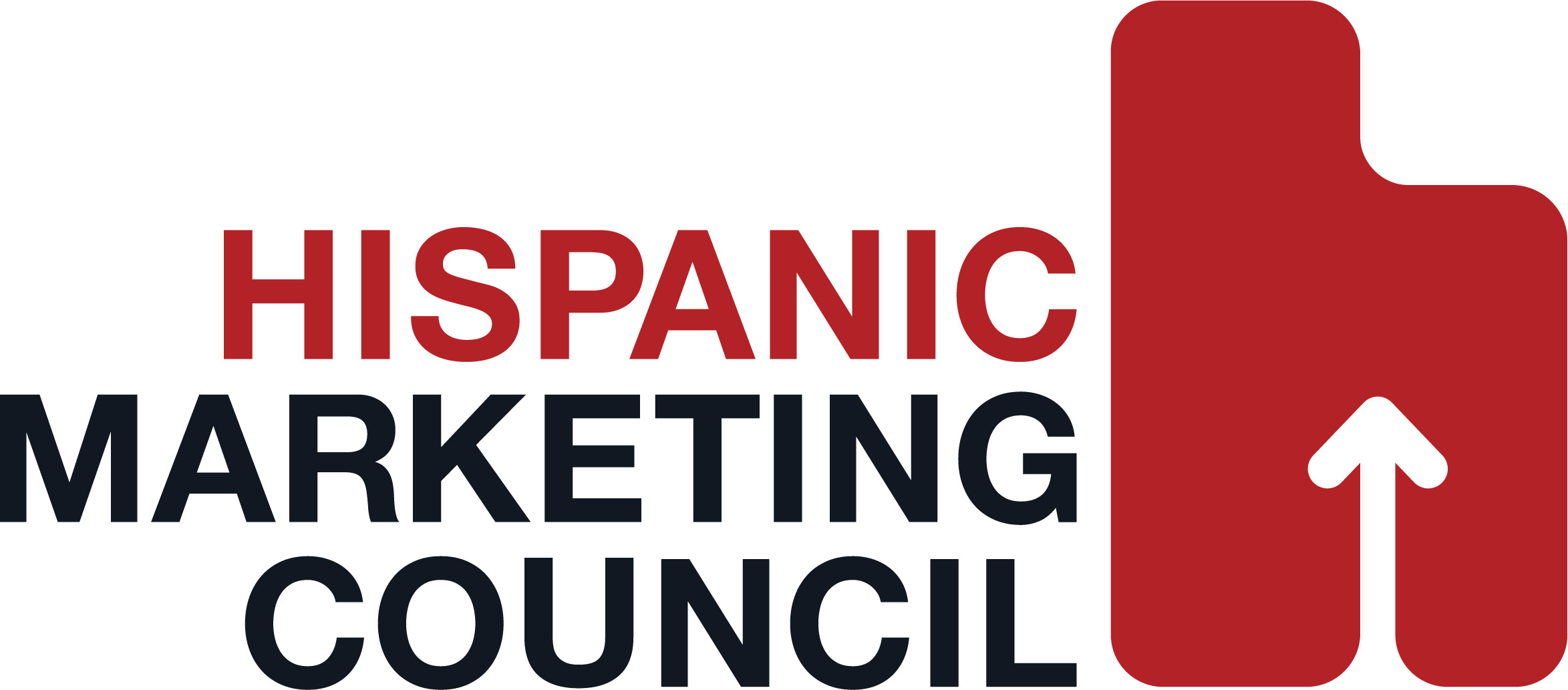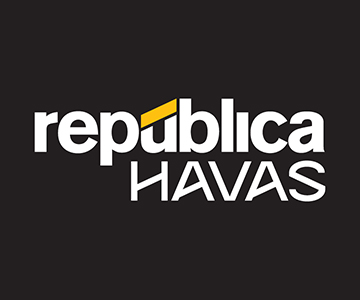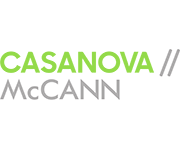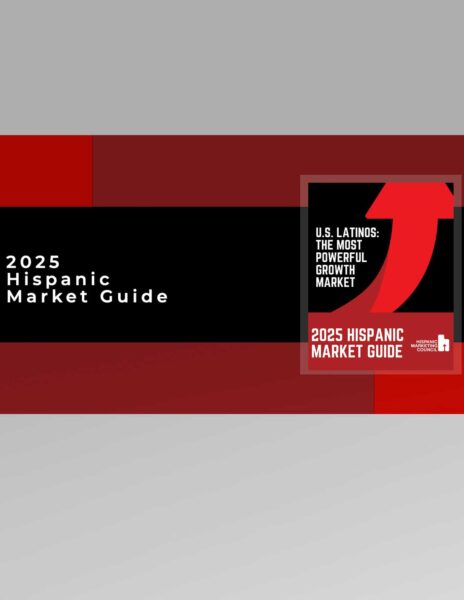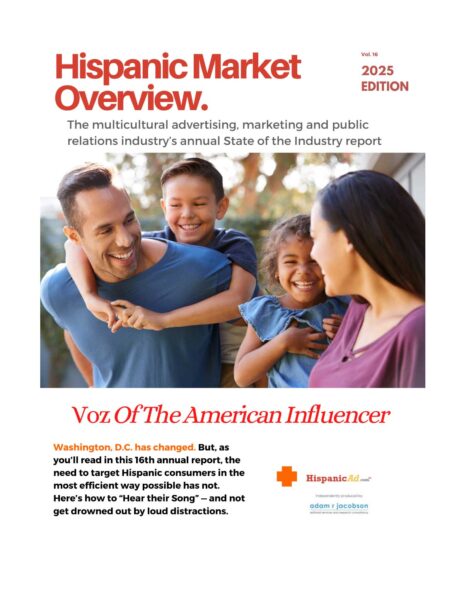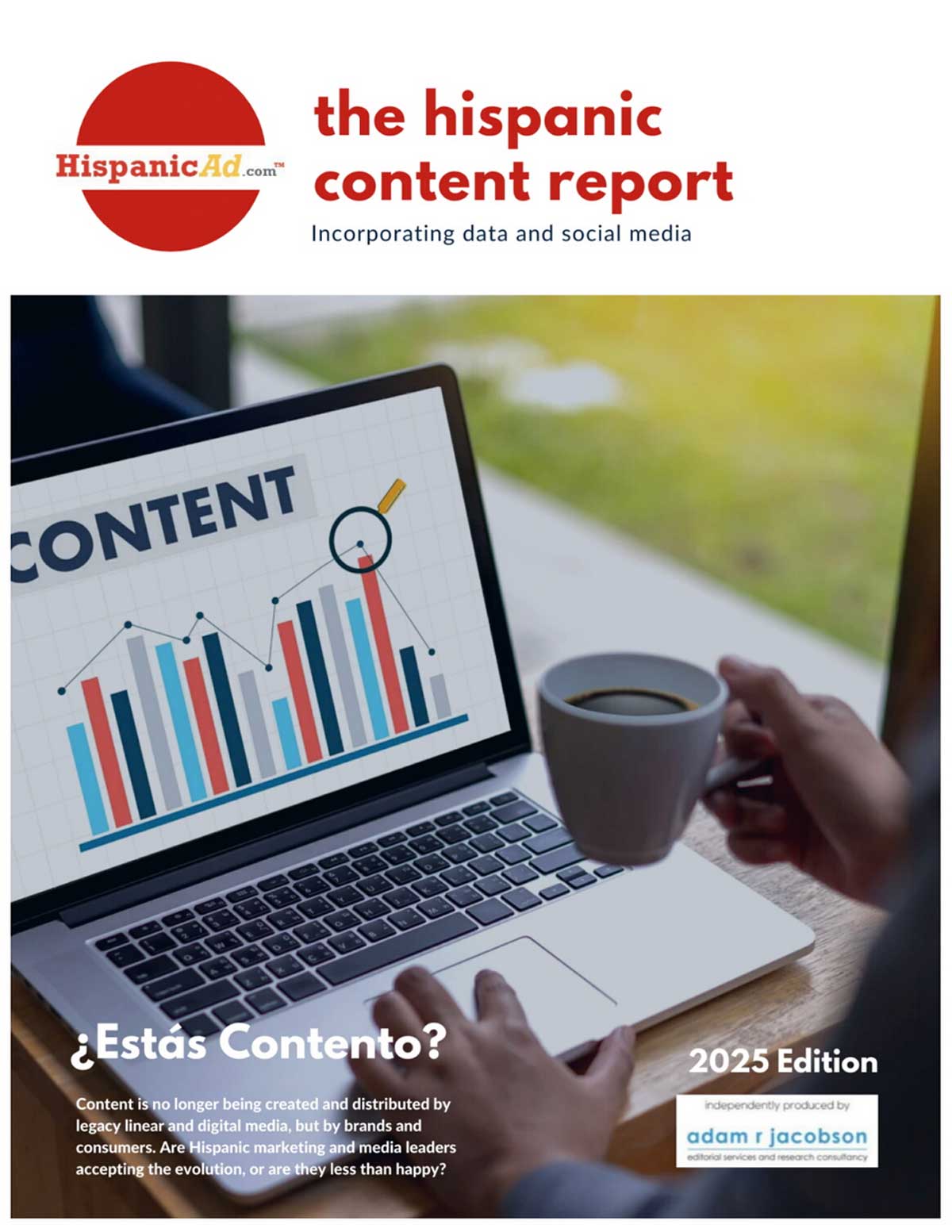Bicultural Identities in Latin America: The Rise of Cultural Blending
February 1, 2025

By Sylvia Vidal – Consumer Insights & Strategy Consultant | Latin America Market Expert | Multicultural Marketing Leader
As the world becomes more connected, many Latin American consumers are naturally weaving multiple cultures into their daily lives. Immigrants, international students, and professionals blend local traditions with global influences—watching fútbol while streaming K-pop, switching between languages depending on who they’re talking to, and holding onto their heritage while embracing what’s new. This fluid cultural mix is reshaping how they see themselves, how they interact with the world, and what they look for in products and experiences.
How Cultural Fusion Starts at Home
For many, this blending begins within their own families. Parents may speak Spanish or Portuguese, while their kids instinctively switch to English on social media. Others bring back global perspectives after studying or working abroad. Technology accelerates it all, exposing people to international trends, flavors, and ideas at an unprecedented pace. Rather than identifying solely as Brazilian, Colombian, or Mexican, more people now see themselves through a broader, more layered lens—one that connects them to both local roots and a global community.
The Role of Social Media and E-Commerce
Platforms like Instagram, TikTok, and YouTube have made it easier than ever to explore different cultures, influencing everything from music and fashion to food and entertainment. A young Colombian might binge-watch Korean dramas while celebrating local festivals, and a Brazilian might follow samba legends while experimenting with international cuisines. This isn’t about replacing traditions—it’s about expanding them.
Looking Ahead: The Future of Identity
With increasing cross-border movement and digital connectivity, multicultural identities are only going to get stronger. Younger generations, in particular, see their varied cultural influences as something to be celebrated, not compartmentalized. They aren’t choosing between cultures—they’re embracing them all at once.
Ultimately, this shift isn’t just about lifestyle—it’s about identity. The future belongs to those who understand that cultural blending isn’t a trend; it’s a new way of thinking, living, and engaging with the world.



